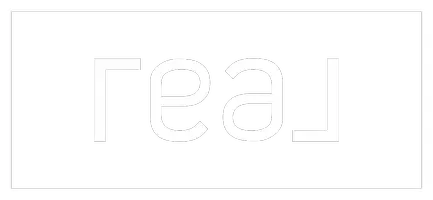Is the Housing Market Heading Toward a Soft Landing?

The notion of a smooth landing is a topic of discussion lately, as experts speculate whether the Federal Reserve's interest rate increases can achieve the delicate balance of curbing inflation without causing a recession. However, amidst these deliberations, one may wonder if this anticipated gentle landing applies to the American housing market as well.
Unfortunately, the U.S. housing market is currently experiencing a disappointing summer that does not align with the concept of a soft landing, causing distress for both buyers and sellers. In July, homeowners chose to hold onto their properties rather than listing them for sale, leading to a reduced number of options for potential buyers. According to the latest data from Realtor.com®, there were 40,000 fewer homes available across the country.
Realtor.com Chief Economist Danielle Hale points out in her report that sellers remain hesitant due to the expectation of low-interest rates in the coming year. Consequently, the housing market finds itself in a state of stagnation, with buyers and sellers anxiously waiting for favorable changes.
The current state of the housing market reflects this summer slump. In July, the number of newly listed homes entering the market was a staggering 20.8% lower than the previous year. This decrease resulted in a 6.4% reduction in the total number of homes available for sale compared to the previous year.

Among the 50 largest metropolitan areas in the U.S., the inventory of homes for sale is now only half of what it was before the COVID-19 pandemic.
Furthermore, home prices are a cause for concern. Listing prices have declined by 0.9% in July compared to last year, settling at $440,000. Additionally, the median sale price, agreed upon in contracts, has also decreased by 1.6% compared to the previous year.
While any relief in prices is appreciated by buyers, Hale emphasizes that it is only a small respite and not a significant discount. Moreover, the duration of this relief remains uncertain.
Buyers also face the challenge of persistently high mortgage rates, which have surpassed expectations and desires. This has led to a 15.9% increase in the financing cost of an average home, equivalent to an additional $317 per month compared to July of the previous year.
The combination of fewer homes and higher costs has understandably slowed down the market. The typical home now spends 45 days on the market in July, which is 12 days longer than the same period last year. This extended timeline gives buyers the opportunity to deliberate before making a decision, unlike the previous era where homes were swiftly sold within hours.
Nevertheless, homes are still spending 12 fewer days on the market compared to the pre-pandemic period, indicating that everyone involved must act relatively quickly.
As summer nears its end, buyers may find themselves contemplating whether to persist in their search for a home. Realtor.com's Hale advises against rushing into a purchase at this time but encourages buyers not to give up entirely. She suggests considering whether the housing market offers what they need and if they can afford it. Instead of waiting for the perfect moment determined by macro factors, Hale advises buyers to keep looking and not risk waiting indefinitely.
Categories
Recent Posts










